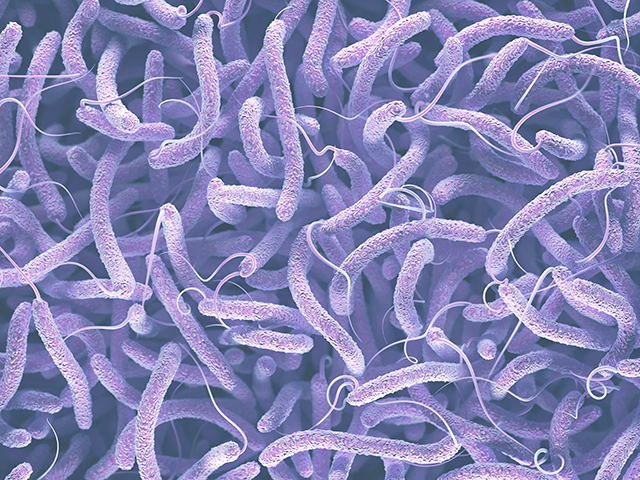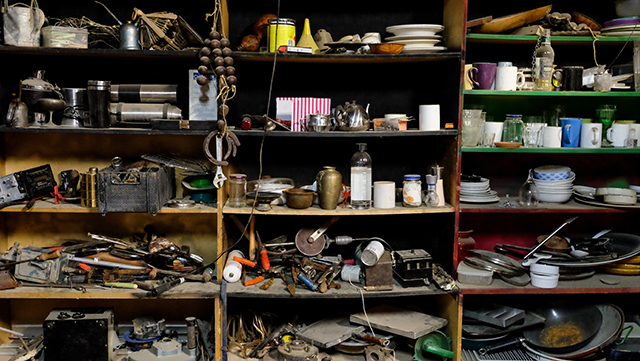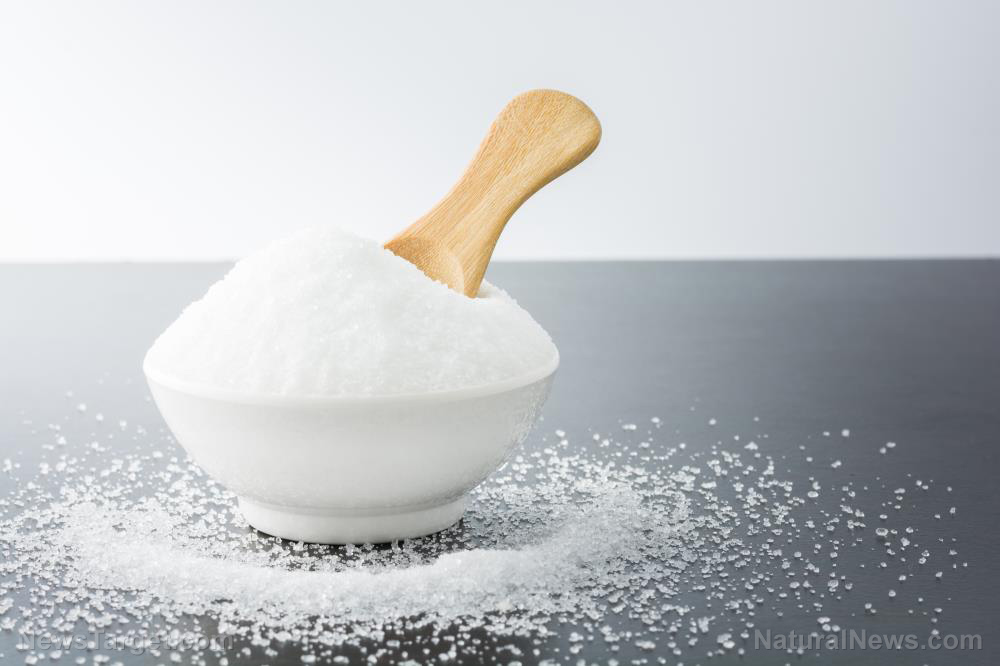Avoiding cholera after SHTF: What you need to know to be prepared
06/27/2019 / By Melissa Smith

Cholera is a serious case of diarrhea caused by the bacterium Vibrio cholerae, which naturally lives in seawater. When it enters the gut, it produces a toxin that poisons a vital cellular transport protein. Most cases of cholera occur because of fecal-contaminated water. It coats the surfaces of shellfish and marine plants.
A person who ingested contaminated food or water will experience symptoms between 12 hours and five days after consumption. If left untreated, he or she will die within hours.
Cholera outbreaks typically occur in the poorest communities with the worst sanitation and water purification system, and they follow disasters, particularly tsunamis and floods. These disasters expose many people to sea-borne bacteria that can contaminate water systems. Cholera outbreaks often accompany floods that let untreated sewage into people’s sources of drinking water. The diarrhea of the sick contributes to the bacterial count of the water and the transmission risks. Areas like peri-urban slums and overcrowded camps for internally displaced people, where minimum requirements of clean water and sanitation are not being met, can increase the risk of cholera transmission, should the bacteria be present or introduced.
Each year, 1.3 to 4 million cases of cholera are recorded, and 21,000 to 143,000 people around the world die because of it. (Related: Pandemic cholera is naturally resistant to antibiotics: Scientists have discovered it is different than other drug-resistant bacteria.)
The key to preventing and interrupting the cholera epidemic is to purify your water. Use purified water for everything that involves ingestion, such as washing dishes, brushing your teeth, preparing food. To make sure that your water is safe to drink and use, bring it to a complete boil for at least one minute. Always remember to store your water in a clean, covered container.
In addition, always remember to wash your hands with soap before you eat or handle food. You should also wash your hands after using the toilet, after cleaning your child’s bottom, and after taking care of someone ill with diarrhea.
Another way to prevent cholera is to use sanitation systems to dispose of feces. Avoid defecating in any body of water. After defecating, make it a habit to always wash your hands with soap and safe water. In case toilets are not available, especially during disasters, defecate at least 30 m away from any body of water, and then bury your waste. You can dig temporary pit toilets that are at least a half-meter deep and 30 m away from any body of water.
When cooking food, especially seafood, cook it well. Be sure to cook shellfish, such as crabs and crayfish, until they are very hot all throughout. Avoid eating any raw food other than fruits and vegetables that you have peeled yourself.
Additionally, it is important to clean up safely. The kitchen and places where the family bathes and washes clothes must be properly cleaned after using. Cleanse yourself, your family, diapers, and clothes 30 m away from drinking water sources.
Here are other things you need to remember about cholera:
- Cholera risk is low until some other disaster disturbs sanitation.
- Coastal areas have a higher risk of having cholera problems than inland areas.
- Inland areas are not immune to cholera. Local water sources can also be infected by a migrant – be it human or imported seafood.
- Big cities are high-risk zones if they practice poor sanitation.
Proper sanitation is the key to preventing cholera and other bacterial outbreak. Visit Outbreak.news to learn more.
Sources include:
Tagged Under: bacteria, bacterial infection, cholera, cholera outbreak, clean water, contaminated water, diseases, epidemic, flooding, hygiene, infections, infectious disease, off grid, outbreak, pandemic, preparedness, prepper, prepping, sanitation, seafood contamination, sewage, SHTF, superbugs, survival, survivalist, Vibrio cholerae, Water contamination, water health
RECENT NEWS & ARTICLES
SurvivalMedicine.News is a fact-based public education website published by Survival Medicine News Features, LLC.
All content copyright © 2018 by Survival Medicine News Features, LLC.
Contact Us with Tips or Corrections
All trademarks, registered trademarks and servicemarks mentioned on this site are the property of their respective owners.



















